Medically review by Kim Langdon


Whether or not you are new or old to the autoimmune protocol, you probably know one thing: there is always more to learn.
Fortunately, there are some incredible resources out there including The Paleo Approach by Sarah Ballantyne or The Autoimmune Wellness Handbook from Mickey Trescott.
Still, putting all of that into practice can be an overwhelming experience.
How exactly do we set ourselves up for success when our health and quality of life depend on it?
We asked folks from our Happy Body community about the problems they’ve encountered, the obstacles they’ve overcome, and their best insights on adapting to the autoimmune protocol.
Here are 12 commonly made mistakes to avoid for the best results and most effective healing.
1. Not going cold turkey


We all know how difficult transitioning to a restrictive diet can be.
Even if you’ve been following a standard paleo diet for years, switching over into AIP territory can be scary.
The intimidation factor alone can derail your success before you even dip your feet in the water!
The autoimmune protocol has a few goals in mind; namely, to heal autoimmune disease and put symptoms into remission, or at the very least, make life manageable again.
If you want to get the best results, a slow transition is probably not in your favor. Choose a day to begin and stick to it.
Happy Body community member Lia comments, “With paleo, it’s sometimes recommended to start gradually. This won’t work with AIP. The one thing you’re keeping in your diet can be the culprit to your remission.”
While going cold turkey in regards to your diet is best, do not take the same bold approach with medication.
Another community member reports, “I thought that I could do this without medication. I thought it would fix everything. Finally, I had to give in and go on some meds. It was hard, but it was the right choice. I am confident there will be a time when I go off, but for now, I need it to control my RA.”
Trust in the process and always discuss medication changes with a doctor first.
2. Focusing on subtraction rather than addition
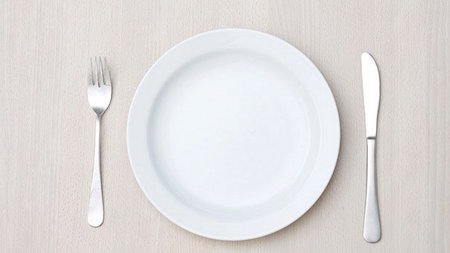

This is a general rule of thumb for all elimination diets.
When you abstain from eating certain foods or food groups, it’s good to consider what you could potentially replace them with.
This is especially true if your goals include relief or remission from a serious illness.
Out with the bad and in with the good! The good foods are what will serve you just as much as taking out potential stressors on the body.
During this change, place an emphasis on foods like offal, fish, quality meats, and vegetables.
While those facets of your diet may already be a priority, make sure you’re getting enough of those things.
Offal can be eaten daily with optimal health results, and most people could afford to add in a few extra cups of non-starchy vegetables daily.
Think of it this way: if you're taking out the inflammatory foods, you need to add inflammatory foods.
Our community members agree that the one thing they are eating significantly more of is vegetables of all kinds – dark, leafy greens, sweet potatoes, and cruciferous ones especially.
One AIP follower points out, “Within food choices, it is as important as what not to eat as what one SHOULD eat.
Healing will not happen as long as the body is missing nutrients - which is one of the largest causes of autoimmunity - and only avoiding inflammatory foods is not giving the body any more nutrients.
AIP is really about focusing on eating lots of nutrient-rich and diverse foods.”
3. Maintaining a significant calorie deficit
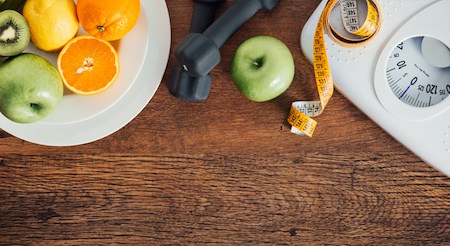

While many people take on the paleo lifestyle as a way to shed pounds, it’s best to reserve that goal for a separate time.
During your healing process, your body will not be as efficient as it could be if you’re not taking in adequate energy because it has new problems now.
Pay closer attention to macronutrients - protein, fat, and carbs - and make sure you're not selling yourself too short.
Happy Body community member Lia outlines a few mistakes to watch out for: “Skipping meals, not eating enough protein, and overtraining.” All three of those offenders can result in a significant calorie deficit.
It’s common to lose weight unintentionally when transitioning to AIP. Many respondents report unexpected and unintentional weight loss, or struggle to put weight back on after losing too much.
It’s easy to get in over your head in the beginning. Another member adds, “I was too zealous at the beginning and didn’t eat enough carbs, salt, and sugars, which led to dizziness and lightheadedness.”
These are two common signals that you may be eating too little, specifically carbohydrates and salt.
4. Ignoring the gut


Surely you’ve heard that “all disease begins in the gut.” When following the autoimmune protocol, this little tidbit is not to be taken lightly.
A paleo diet is generally a good place to start, but your AIP diet should include plenty of gut-healing foods.
Probiotic foods such as kefir, sauerkraut, coconut milk yogurt, and probiotic supplements should grace your plates daily.
A primed AIP follower also suggests “grass-fed ghee, collagen, L-glutamine, vitamin C, FCLO (fermented cod liver oil), digestive enzymes, HCI, [and] ox bile” for the happiest gut around!
Removing foods that contribute to gut problems and adding in ones that improve the conditions will ultimately lead to a regulated immune system.
One member also mentions the overlooked concept of “meal hygiene” and advises to “eat organic produce without washing, play in dirt, and [try] other ways of trying to inculcate more diverse bacteria in [the] gut.”
This advice is valuable to anyone, regardless whether or not you’re addressing a specific problem with AIP. Everyone can afford to improve their flora using sources of real food.
Make sure you're getting enough prebiotic foods with your probiotics to fuel your good bacteria and keep a good balance of the stuff, and don't neglect key components of digestion like stomach acid production!
5. Not getting enough sleep


8-10 hours is ideal. Aim for it on a nightly basis, and watch the rest slowly fall into place. Sleep plays a role in both stress levels and hormones.
As you might imagine, your healing process depends on a TON of factors not limited to what’s on your plate.
While your diet may be perfect, the little things in day-to-day life can truly undermine your efforts.
Another member emphasizes, “For me, it was focusing mainly on clean, healthy food and neglecting sleep and stress management. Lifestyle is equally as important as diet.”
Another Happy Body member who has been following AIP for a year mentions one of her shortcomings as “not realizing the importance of lifestyle recommendations; not getting healing sleep; not eating a wide variety of vegetables; eating too much protein in proportion to vegetables; eating too much fruit.”
Sleep is one vital piece of the puzzle that makes up your entire lifestyle. Treat it with significance - join our 7-Day Sleep Better Challenge.
6. Not batch-cooking
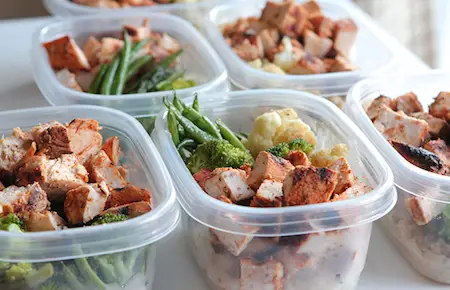

Preparation is the key to success while following ANY diet, but it’s especially important when you have new limitations.
Happy Body app user Alison explains, “Think ahead of time about particular comfort food replacements.
I knew I wouldn’t be able to have coffee, so I found a yummy tea I could have instead during the times in my routine.”
You don’t want to be caught in a tight spot without a way out. If you have a routine in order, it will be quick to replace your old one.
There is no denying the fact that being diligent and prepared at all times can be taxing, but it pays off in the end when you’re able to effortlessly stay on track even during the times when you face the unexpected.
Here is the best piece of advice from the Happy Body community: “Plan plan plan!
Have a meal plan for the week and a thoroughly prepared grocery list. Batch cook when you can so you have easy things to grab for busy times – soups, sauces, and sausage patties have been life savers.
Don’t cook entirely separate meals for your family or you will always be in the kitchen. They can have mostly the same dinner with some additions. Bento-style lunches for kids are quick and easy with minimal cooking.”
Check out our favorite meal prep recipes, healthy office lunches if you're trying to pack interesting meals and our 30-day meal plan which offers many AIP substitutions plus access to coaching with someone who can help you make the rest of the substitutions easy.
7. Reintroducing foods too quickly
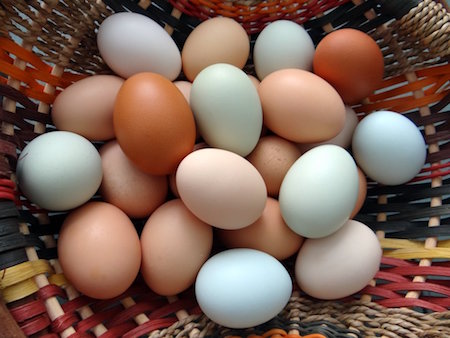

The most important thing to remember is to be patient during the healing process.
The autoimmune protocol cannot be rushed.
One of the easiest mistakes that people make is the reintroduction of foods too early, simply because they are feeling better.
A Happy Body community member notes, “I probably should have waited even longer before starting re-intros, but I really wanted to add more foods back in.
I waited until I felt a lot better but I am still having flares so it’s hard to tell if I have a good reaction.”
Alison explains the logic: “Test it out a little at a time to see if you have an immediate reaction, then still test it for a week to see if you have a reaction after multiple consumption times.
Some people think that if it doesn’t cause your main AI to flare the first day, you aren’t reacting. But it can take awhile, and you have to pay attention to … fatigue, not sleeping as well, itchy skin, anything that really changes for the worse.”
8. Taking a too relaxed approach


With paleo, it’s often acceptable to approach the diet with an 80/20 rule. Nobody is asking for perfection.
AIP is a bit more complicated, and you should take it seriously. While you may accidentally slip up, take the right steps to prevent those mistakes at all costs.
Happy Body member Curt points out, “When you start AIP, there is a lot to remember … I put a note up in our spice cabinet telling me what I could and couldn’t use.
I had Sarah’s Book (The Paleo Approach), on the kitchen counter, opened for a good 8-10 days.” Don’t go into this without caution and the appropriate resources if you want the smoothest transition possible.
Unfortunately, this also means making other sacrifices. When we surveyed people who adhere to AIP, the most common difficulty amongst them has been the inability to eat out at all.
This not only means giving up convenience, but it can mean skipping out on social events as well.
One member shares that her greatest struggle is “not going to restaurants or getting takeout. As a busy mom with health issues, sometimes I just want something easy to grab for dinner without planning ahead.”
?It can be a difficult adjustment to no longer having “easy” options at your fingertips, but this dilemma can be avoided by taking initiative.
9. Sacrificing flavor
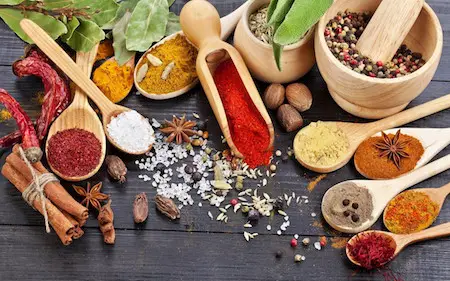

One of the most restrictive aspects of the autoimmune protocol is the spices that you have to give up.
Lia encourages creativity: “I use ginger a lot, horseradish, turmeric, mace, cinnamon, and all the herbs I can find. I use different kinds of olive oil, lamb and beef tallow, coconut oil, coconut butter, and cultured ghee for flavor and texture diversity.”
Getting bored with the taste of your food is an easily avoided misstep in making you tempted to stray.
Step outside of the box with this one!
One member simply suggests keeping an archive of recipes and offers some suggestions: “Try new recipes.
You will get sick of salads and straight-up meat and veggie dinners pretty quick. There are some great recipes out there (Sarah Ballantyne, Mickey Trescott, ‘He Won’t Know It’s Paleo’, even Pinterest).
I have picked up new recipes that I love, that even if I wasn’t AIP, I’d use. Plantains are an amazing substitute for grains. You can make anything with them.
Invest in a good blender like a Vitamix. You will use it more than you can ever imagine.”
Bottom line: if you invest in the right tools and utilize the resources at your fingertips, you can maximize flavor while simplifying your life overall.
Don't set yourself up for kitchen burnout and boredom.
10. Calling it a diet
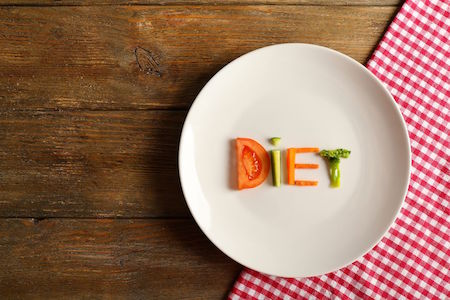

As we like to reiterate over and over, this is not a diet – it’s a lifestyle. A lot of people consider treating the transition as a diet instead of an obstacle to overcome.
When we make a shift in mindset, it can be a lot easier to make a shift in our real world.
When asked, “What do you wish you had known before?” one Happy Body community member responded, “AIP isn’t a diet but a lifestyle. Of course, I knew - and so does everyone who does a little research - that there was more to just food, but I assumed it was just ‘extras’.
Because “lifestyle is equally as important as diet” today is a cliche, and because in AIP, the food guidelines are vastly more complex than the lifestyle guidelines, it’s so easy to ignore that lifestyle aspect and put more focus on food.
The reality is that food alone cannot heal a body. No one thing alone can. Only by doing the full AIP, with both the diet and lifestyle recommendations, can one find the exact puzzle pieces to their body’s AI condition.”
It may feel like a cliche, but it’s 100% true, so yes - it’s worth repeating over and over. The big picture is BIG for someone following AIP, and this means paying attention to the little things.
Just know that being in it for the long run - even if that is a lifetime - is going to benefit you.
One member points out that you have to “count the cost: emotionally, physically, for your schedule, to your family and social circle. Be ready to put your health above the feelings of well-meaning food pushers.”
11. Not managing stress


In the way of a serious and permanent lifestyle change, stress is another factor that simply cannot be put on the back burner.
Think of your worst stressors and the way that they make you feel; the negativity can cultivate in both emotional and physical reactions which can potentially lead to steps backward in your healing process.
Think about your work: a Happy Body member did some serious damage control in her professional life in order to manage stress: “I changed my work/lifestyle to reduce stress as much as possible. [I] dropped particularly annoying clients, set limits on times I can be reached and increased use of checklists rather than keeping a running mental panic list.”
Many of us don’t have a choice but to work under stress sometimes, but we can take initiative to have better control of the environment.
When asked what changes were made outside of diet while following AIP, most respondents summarized with better self-care techniques.
Yoga, light, low-impact exercise like walking, epsom salt baths, and meditation are easy ways to incorporate more relaxation into your day for the most effective healing.
12. Don't treat it like a reset
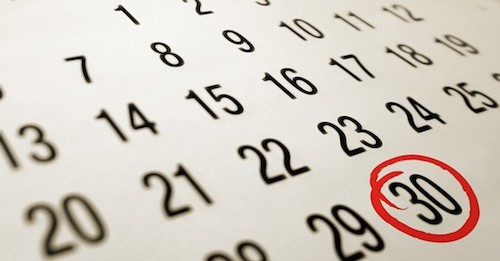

A reset implies a very strict end date. This just isn't the way things are going to go with AIP.
Healing is something we can't put on a linear timeline that we create ourselves.
As much as you or I would like the promise of a certain end result, or as much as having a very clear deadline in which we can begin reintroduction or simply toss AIP altogether, treating it like an average three or four-week "challenge" or reset is a bad idea!
Reintroduction can happen after 30 days! That's what elimination diets are all about. Still, just because it works for someone else doesn't mean it's going to work for you.
The thing is, the internet is going to be marketing AIP in these very timely and nicely packaged resets sometimes.
It's tempting, and some of these programs probably have merit but this is a lifestyle change - not a 30-day sprint to the finish line.
Okay, I know we said 13 but there is actually a very important number 13.
13. Not having a support system


Maybe you haven’t convinced the whole family to take this journey with you, but that’s where a community like the one we've built at Happy Body Formula comes in.
A significant percentage of Happy Body members follow AIP.
From tips and advice to recipe ideas, they are the pros.
You’re sure to find the inspiration you need daily, and the more experienced of the bunch will be happy to answer even your toughest questions.
The Happy Body Formula community includes interaction with our entire team and a like-minded community who are also making lifestyle changes, plus access to the Happy Body coach who can help answer questions and do research for you.
Happy Body community member Curt mentions, “It was very helpful to me to see what others were making for AIP on the app and even more importantly to make friends and converse with people on Happy Body. Such an important, knowledgeable, friendly, willing source of support.”
Don’t do this alone. Another member also offers some wisdom: “Join the Happy Body community. It’s awesome.
Seek out and foster relationships with people who support your new lifestyle. Transition at a comfortable pace. AIP is more than a diet. It’s a wonderful and enriching lifestyle. Embrace all it offers.”
If you've ever followed the autoimmune protocol, we would love to hear your tips. What made the switch click for you? What sort of progress have you seen? How can you help someone who is brand new to this journey? Share your thoughts with us.
This article was fact checked for accuracy by Dr. Kim Langdon, MD. As always, this is not personal medical advice and we recommend that you talk with your doctor.
Share on Pinterest
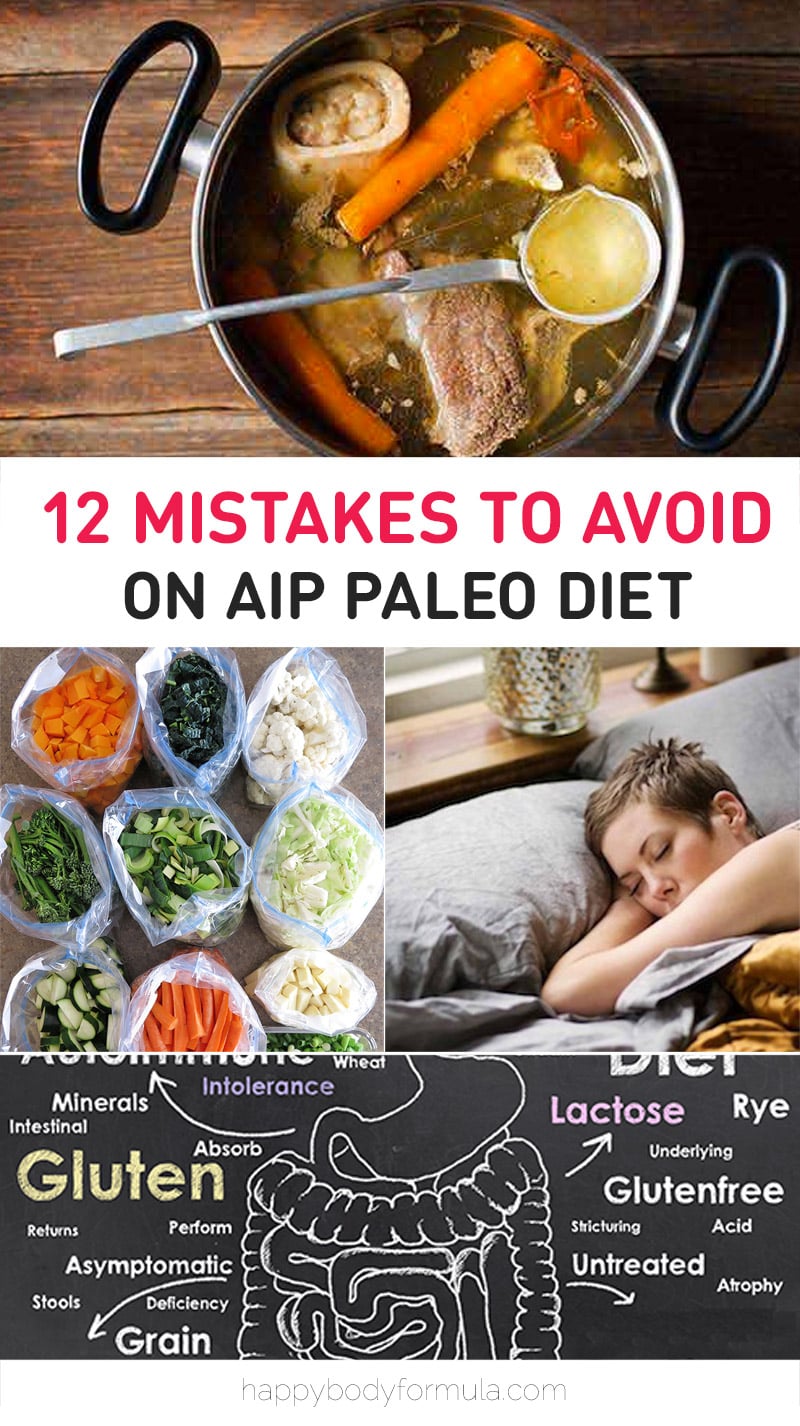

References
Kimberly Langdon M.D. is a retired University-trained obstetrician/gynecologist with 19-years of clinical experience. She delivered over 2000 babies to mothers in a suburban Midwestern community.

Thank you so much for this timely information. I’m struggling with AI and can see I need to stop trying to ease into this lifestyle. I have to just do it, 100%, cold turkey. I really appreciate HBF! You guys bring a great deal of value to many!! Blessing to you!! May you prosper in every way imaginable!!
Cindy, you are so welcome! I wish you so much luck with your journey and just KNOW that the HB team is there for you every step of the way. The community and I have your back, and we’re here to answer your questions too 🙂
Thanks so much for all your informative articles. I’m re reading several now, particularly the gut healing ones. My mum has been diagnosed with Crohn’s disease and am trying to convince her that AIP might be a good place to start. Thanks for the information.
I have fibromyalgia and a multitude of gut issues. I carefully followed gluten free and lactose-free
dairy, along with no eggs, corn, or starchy vegetables. But I was still having issues. Then I began aip. I lost 15 pounds within a couple of weeks. Yay. That is because I eliminated dairy and all grains. They were making my body look puffy. I am thrilled with the results as I continue to heal my gut. Thank you so very much.
Thank you for the article. I started to quit some foods based on a sensitivity test. I have Hashimoto’s and I agree it is easier to go cold turkey. I noticed I slipped while starting slowly, but I felt overwhelmed with stopping all I was eating at once, and I am talking about grains, dairy, eggs, and legumes. The point is that every time I slippeded, i felt it in my fingers, they swelled up. So I will stick a list on my fridge and carry one in my wallet. It is not that hard do do. It’s harder to remember all the little things on the list.